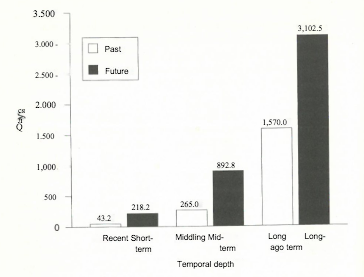Third, the use of time and temporality for mak-ing and giving sense to unfinalized stories, antenar-ratives and future scenarios (see Boje 2011), includ-ing attention to issues, such as temporal depth, timeurgency and temporal orientation in promoting theneed for short or long-term strategies (see Jabri 2016,p. 97; Kunischet al. 2017, p. 1043)
Future research direction: Temporal depth // Tempo
See: Bluedorn 2002
